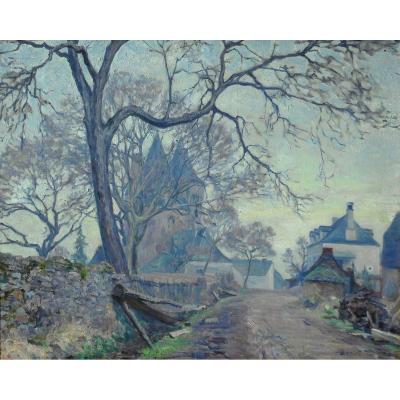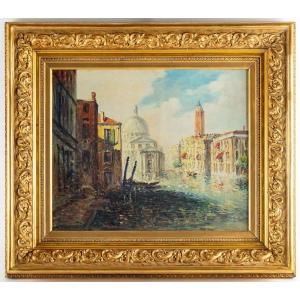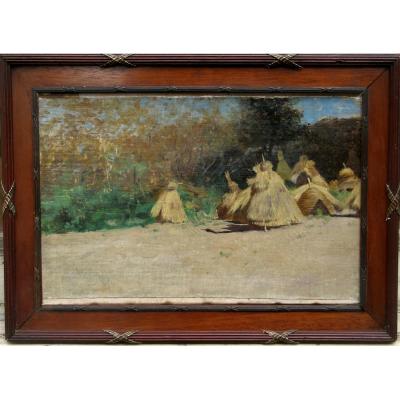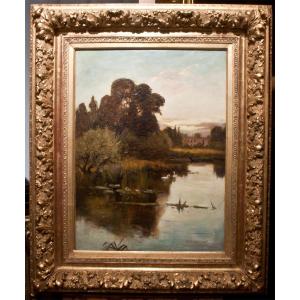Back in France, Christol entered the Beaux-Arts in Paris, in the studios of Paul Flandrin and Jean-Léon Gérôme. The Institution preserves several of his drawings, dated between 1874 and 1878. In 1875, he met a very old Camille Corot, who advised him, he says, to "be wary of the Impressionists" and "never go near theaters or anything else" if he wanted to be a painter. Christol was then fully a painter. In fact, he exhibited views of Italy, Switzerland, and Palestine at the Salon between 1875 and 1880. But also landscapes, portraits, and genre scenes. These early successes and the support of the Protestant community offered him a very promising start to his career.
But in 1882, Christol embraced another vocation: he joined a mission in Zanbèze, and this departure for Africa marked the beginning of a thirty-year adventure. Settled near Wepener in the Transvaal, Christol was passionate about rock art. His interpretation of the Ventershoek painting (known as the "Christol cave") has been accepted by most specialists since then.
He wrote and illustrated numerous works, in which he convincingly defended the existence of an Art in Africa. These publications occupied a good part of his time. Notable are: Au Sud de l'Afrique (1897), Les Bassoutos (1905), L'Art dans l'Afrique Australe (1911), En suivre le guide. Soldat, artiste-peintre, missionaire. Souvenirs de jeunesse. (1929) and Vingt-six ans au sud de l'Afrique (1930).
On his return to France, this son of a Cévennes merchant also put his talent to the service of the fight against alcoholism by designing several posters for prevention campaigns. Defender of the Armenian cause, chaplain of the Fresnes prison, Christol died in 1930.
At least two exhibitions have been devoted to his pictorial production, which, rare as it is, is nonetheless of excellent quality. The first took place in Paris, rue de Grenelle, in 1930. The second was held in Nîmes and Paris 60 years later (Christol: missionary painter and witness of his time: [exhibition in Nîmes from March 3 to 18, 1990 and in Paris from April 19 to May 3, 1990])
Our painting was produced in February 1878, at the time of the nascent glory of Christol who left the Beaux-Arts and had already been exhibiting at the Salon for three years. Apart from his official submissions, Christol favored small works, always carefully done. The saturation of colors plays an important role in the seduction of his works. The warm tones of his Italian works are echoed here by the colder blue of Parisian winters. Christol's works are very rare. Only three paintings have been offered for sale in the last few decades, the record being set by Christie's with the portraits of Asa and Adelisa sold in London for €10,000 in September 1999.




















 Le Magazine de PROANTIC
Le Magazine de PROANTIC TRÉSORS Magazine
TRÉSORS Magazine Rivista Artiquariato
Rivista Artiquariato
